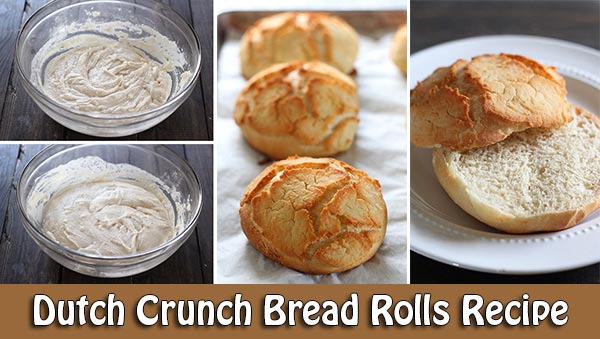

They mostly moved into the West Coast, especially in San Francisco. The Indo-European people living there, composed of both the Dutch and the people they married, mostly women, started to repatriate into the Netherlands, but around 60,000 of them decided to make their way into the USA. THE IMPORTATION OF THE RECIPEĪfter the second World War, Indonesia, known as the Dutch East Indies at that time, started to get its independence back. So I don’t think that a Dutch baker would start using it. So I hardly think that it was born there, as the rice flour was rarely sold and barely used at that time in the country. There’s few blurry sources stating that the Tiger Bread started to be sold in the early 1900’s in the Netherlands. Later on, the recipe would travel into the Netherlands thanks to the travel between the two regions. So believing that the Tiger Bread was born in Asia, we could imagine that a baker was missing some wheat flour and decided to make it with rice flour.

For example, wheat is mostly grown in North China, where rice is mostly grown in South China. Well harvesting wheat in some parts of Asia is tricky because of the weather, where growing rice is perfect with such humidity. But how did the paste turned out to be made with rice flour. So baking a bread with an outer crust isn’t unique. There’s few bread which has the same characteristics outside of Asia, like the Concha in Mexico, which is almost the same as the Melon Pan. A similar one would be the Bo Luo Bao or Chinese pineapple bun which has a similar paste on top. For example there’s the Melon Pan in Japan, which is a brioche-type enriched dough with a sweet paste crust on top. Well we can cite few Asian specialties having an outer crust different than the inside dough. Now we need to ask how this rice paste started to be spread on top of a loaf of bread. So it could have arrived there with ships traveling back and forth from the Netherlands to Asia. Rice flour being often used in the last three countries. We have to go way back in the 17th century, when the Dutch established few colonies in Asia, precisely in India, Malaysia, Indonesia and Japan. There isn’t major traces about its history but if we focus not only on the bread, but on the whole Dutch history, we can make up some theories.įirst we need to understand how rice flour made its way into the Netherlands.
#Dutch crunch bread wikipedia crack
As the bread rise in the oven, the lack of gluten in the rice flour will make the paste crack and form those “tiger” patterns. It is basically a white loaf, sprayed white some rice paste on top before baking.


 0 kommentar(er)
0 kommentar(er)
